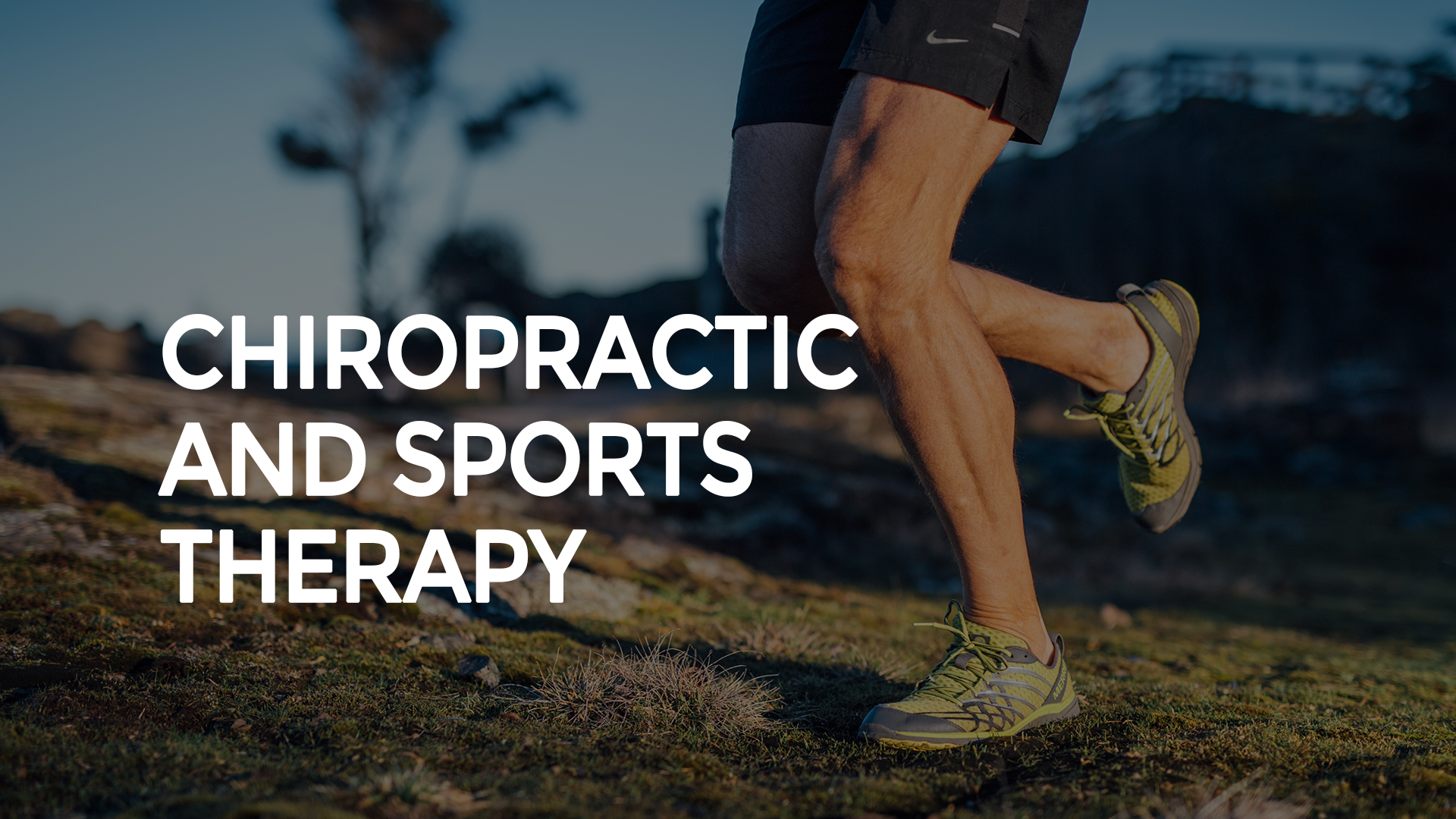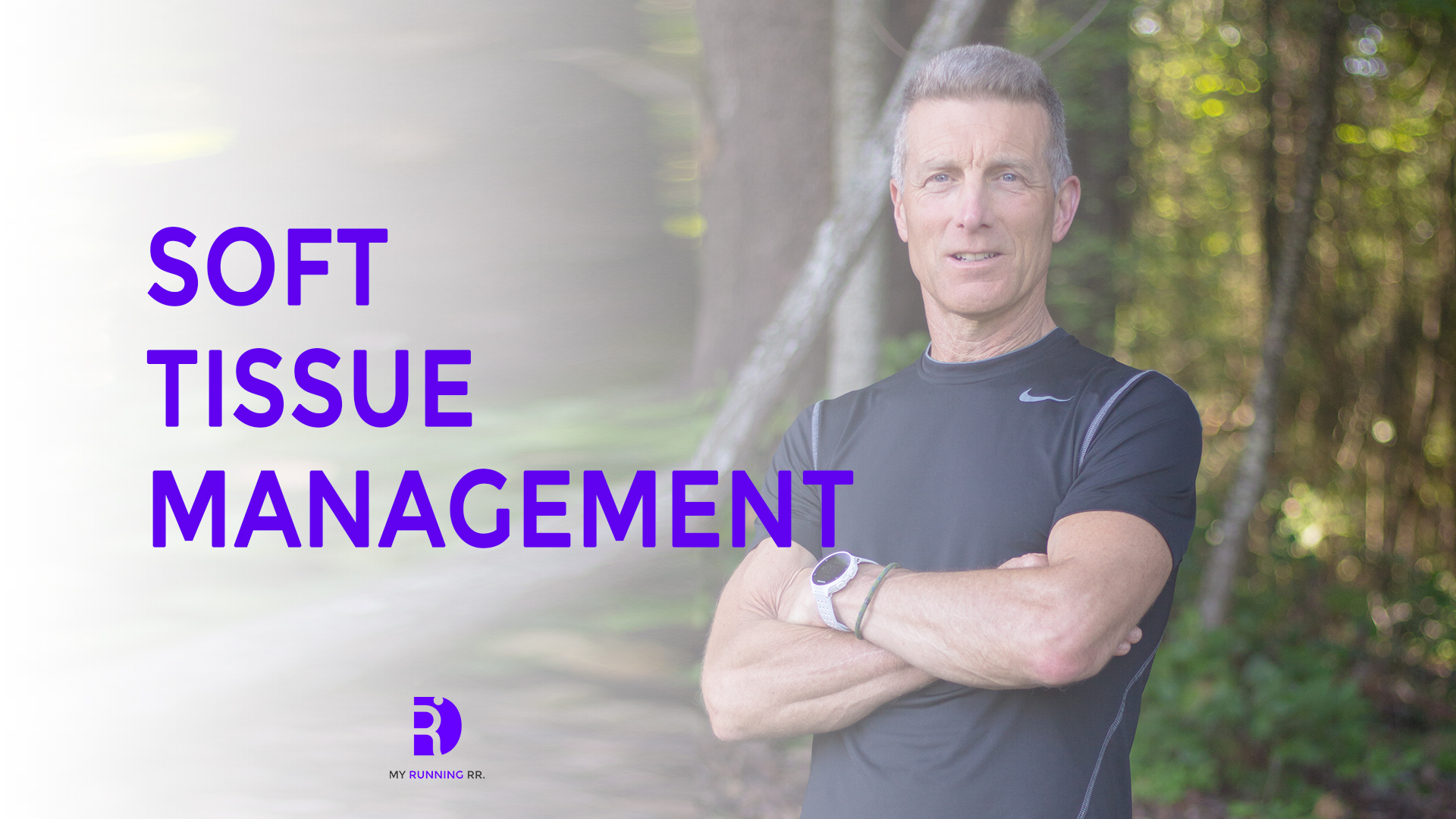What is chiropractic care?
It focuses on restoring and maintaining the human body’s musculoskeletal system. This includes muscles, joints, nerves, and other related soft tissues. Treatments assist the patient in reaching a functional, structural, and systemic state of balance. Joint mobilization and manipulation, soft tissue therapy, exercise prescription, and patient education all work together.
Traditionally, chiropractic has been seen as treating only spine (neck and back) related concerns, but the profession’s scope of practice covers the entire body and all its moving components. Chiropractic does not rely on drug prescription or surgical interventions; rather, it centers on the effective use of manual therapies to assist tissue healing and recovery. Chiropractors often work closely with medical doctors, naturopathic doctors, physiotherapists, and massage therapists to optimize patient outcomes.




